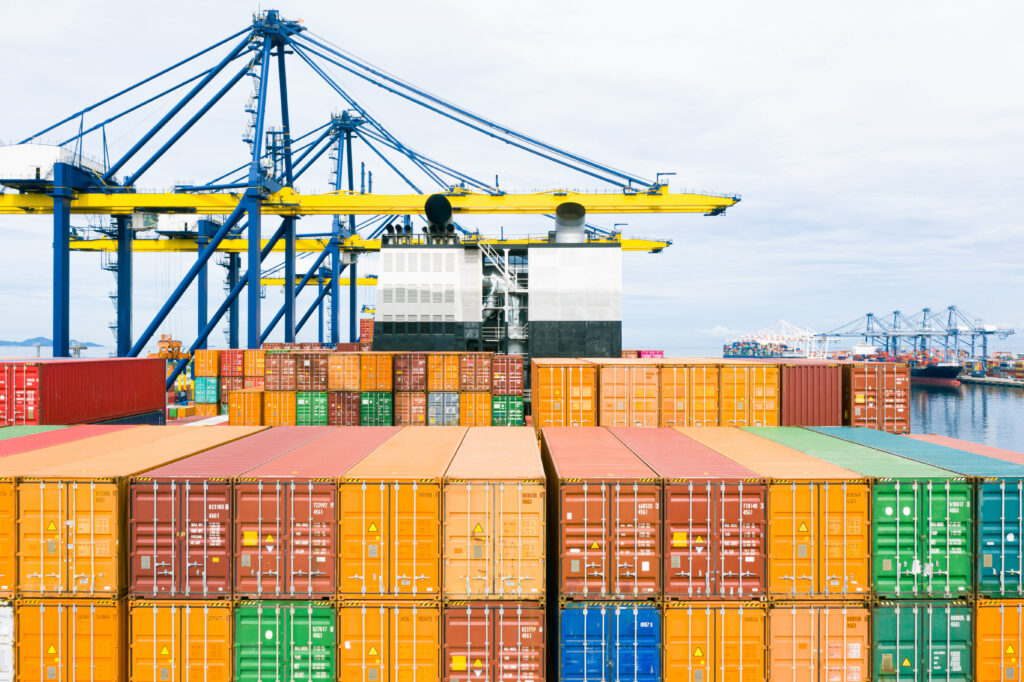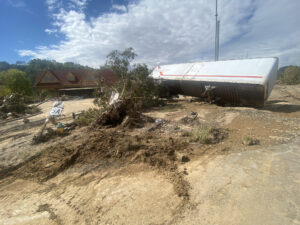Human Logistics Broker vs AI: Why Your Broker Still Beats the Algorithm
The world is buzzing with talk of Artificial Intelligence (AI) and its role in logistics. At RCT Logistics, we certainly embrace AI; it helps us with crunching data, optimizing routes, and automating routine tasks. It’s a powerful tool, no doubt, but as your trusted logistics partner, we know that when the rubber hits the road—literally—the human logistics broker remains irreplaceable.
AI is fantastic, but it simply can’t replace the strategic expertise and personal touch our team offers. Here’s what our human logistics broker team does that no algorithm can touch.
1. Navigating the Nuances of Negotiation and Trust
AI can suggest a rate based on historical data, but it can’t handle the high-stakes, real-world complexity of negotiation. This is where the human logistics broker excels.
- Complex Negotiations: A rate is more than a number. RCT understands the carrier’s current operational pressures, their relationship history, and the subtle back-and-forth needed to secure the best service for a fair price, especially in volatile markets. AI lacks the emotional intelligence and contextual awareness to adjust a pitch based on a live conversation, tone, or an existing long-term partnership.
- Building Trust: Logistics is fundamentally a relationship business, and RCT excels at these relationships. Our team spends years cultivating trust with reliable carriers and shippers. This trust means a carrier will prioritize our urgent load during a capacity crunch, or a shipper will give us the benefit of the doubt during a service hiccup. This is a purely human asset that drives long-term reliability and loyalty for your business.
2. Solving Real-World Exceptions and Critical Decisions
The logistics journey is rarely a straight line. When the predictable systems break down, you need human judgment, not a black box. The difference between a simple software alert and a live solution is what sets a human logistics broker apart from AI.
- High-Stakes Problem Solving: AI is reactive; your broker is proactively strategic. Our team takes immediate, real-world action. If a refrigerated truck breaks down with high-value, temperature-sensitive freight, the broker coordinates a backup plan, troubleshoots the issue, and communicates with the customer immediately.
- Contextual Decision-Making: As discussed by EI Powered by MPS, AI is limited by the data it’s fed. It can’t factor in critical thinking, ethics, and empathy. Our team knows that a compromise to guarantee on-time delivery is the right strategic decision, even if the AI recommends the cheaper, riskier option.
3. Strategic Thinking Beyond Optimization
AI is exceptional at optimizing existing networks. Logistics brokers are experts at designing and evolving them.
-
- Strategic Growth: AI can find the fastest or cheapest route today. Our team works with you to understand your long-term business goals—launching a new product line, expanding into a new region, or meeting critical supply chain demands. They then craft a multi-modal strategy, vet specialized partners, and build a network that supports your future growth.
- Understanding Market Shift: While AI can analyze data trends, it takes a human to interpret the why behind a sudden market flip and adjust a pricing or procurement strategy before the data makes the shift obvious. Our team’s ability to anticipate and pivot is the core of a competitive advantage that AI cannot replicate.

At RCT Logistics, we embrace AI to automate certain tasks to make our operations more efficient, but we rely on our team of human logistics broker experts to leverage that new efficiency to focus on what matters most: complex problem-solving, strategic partnership, and earning your trust every single day.










